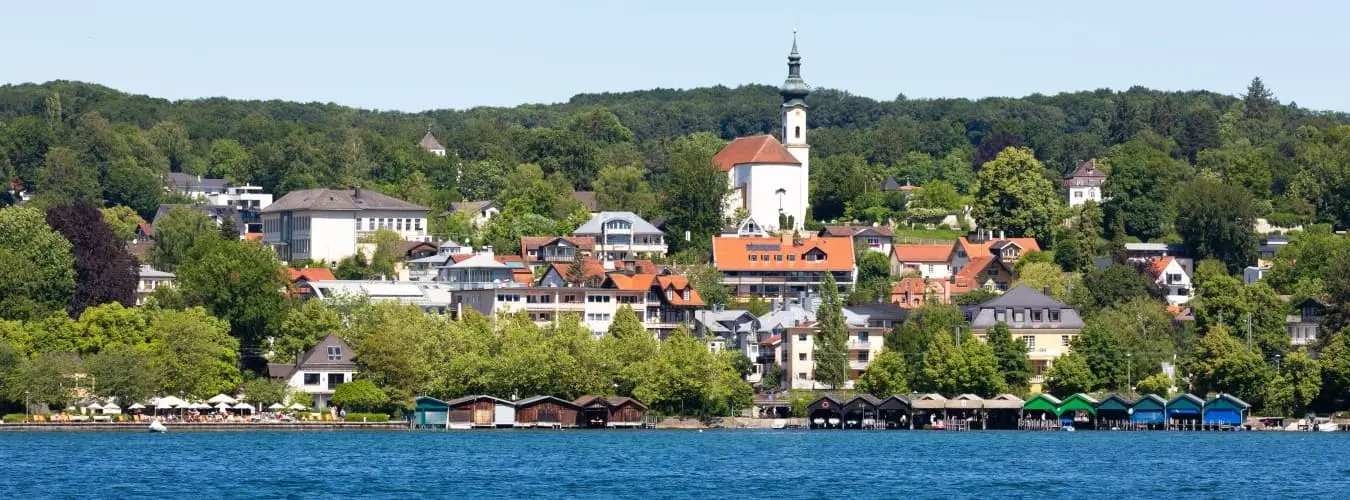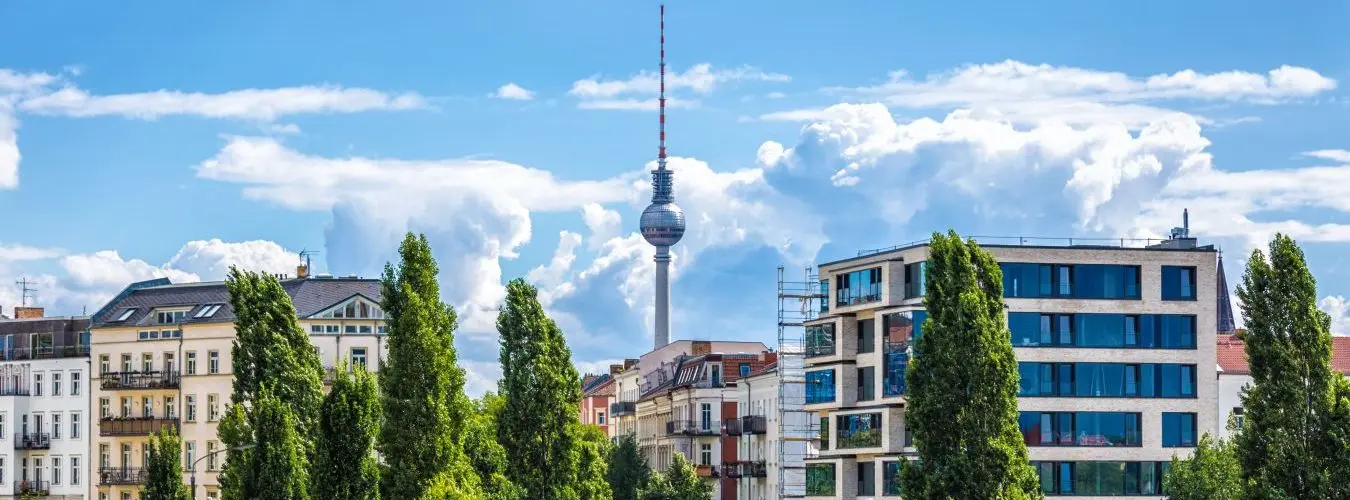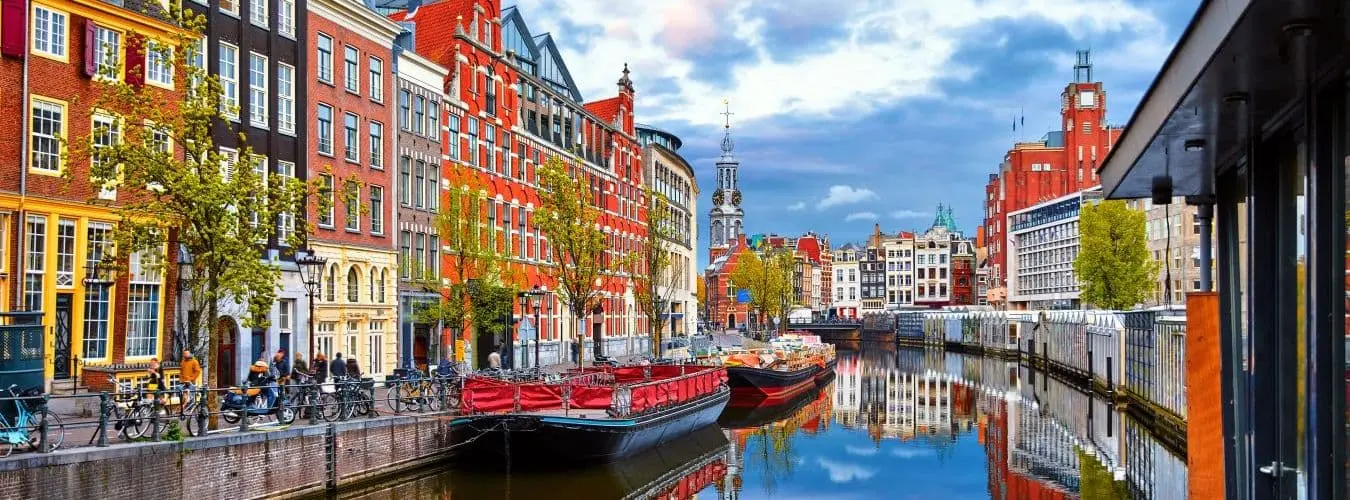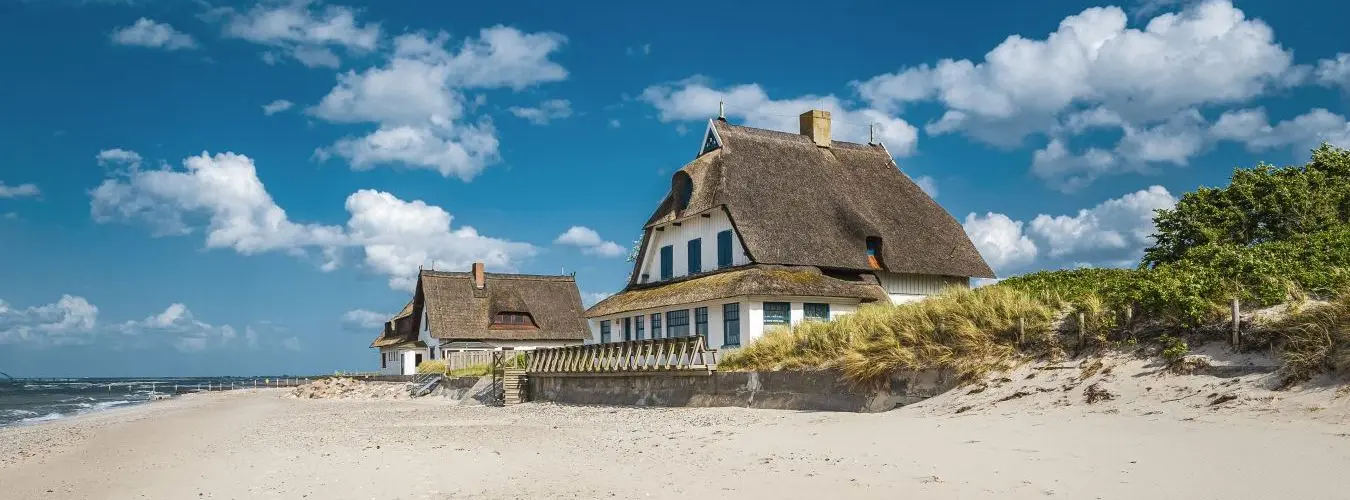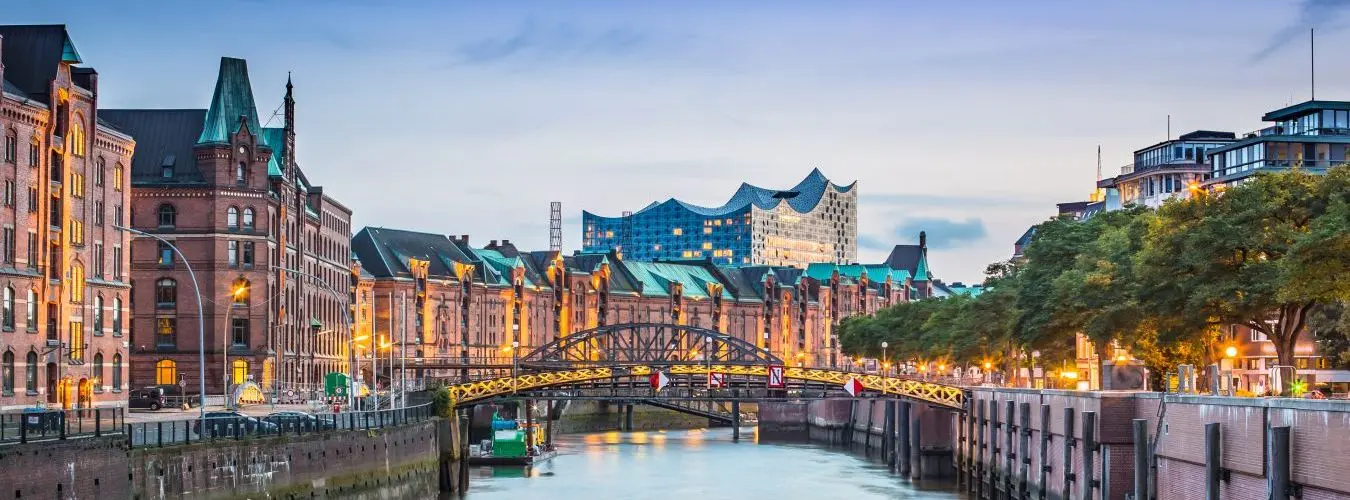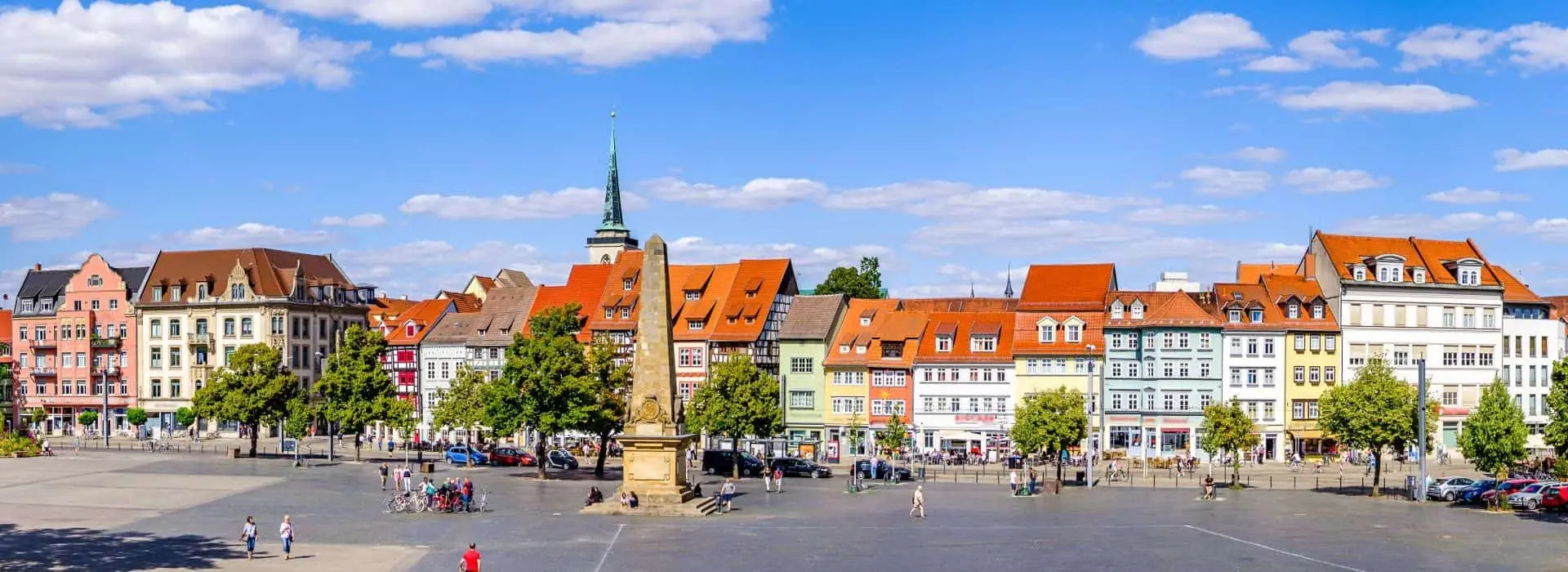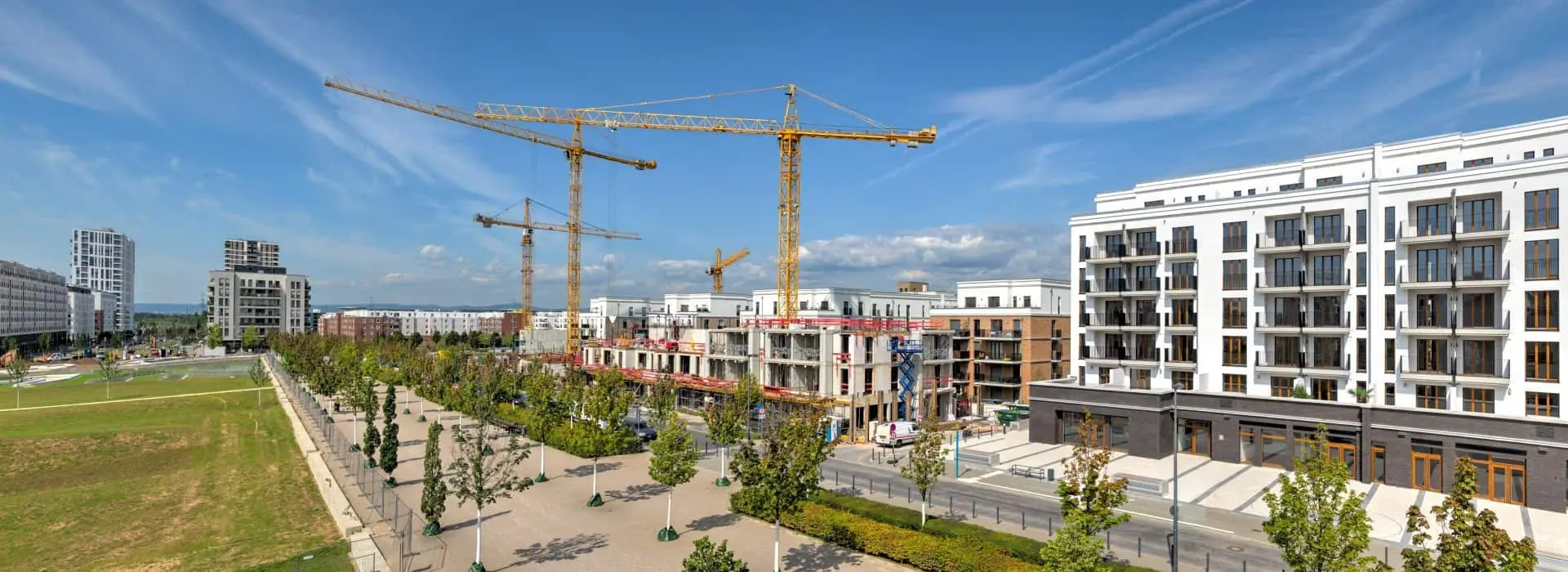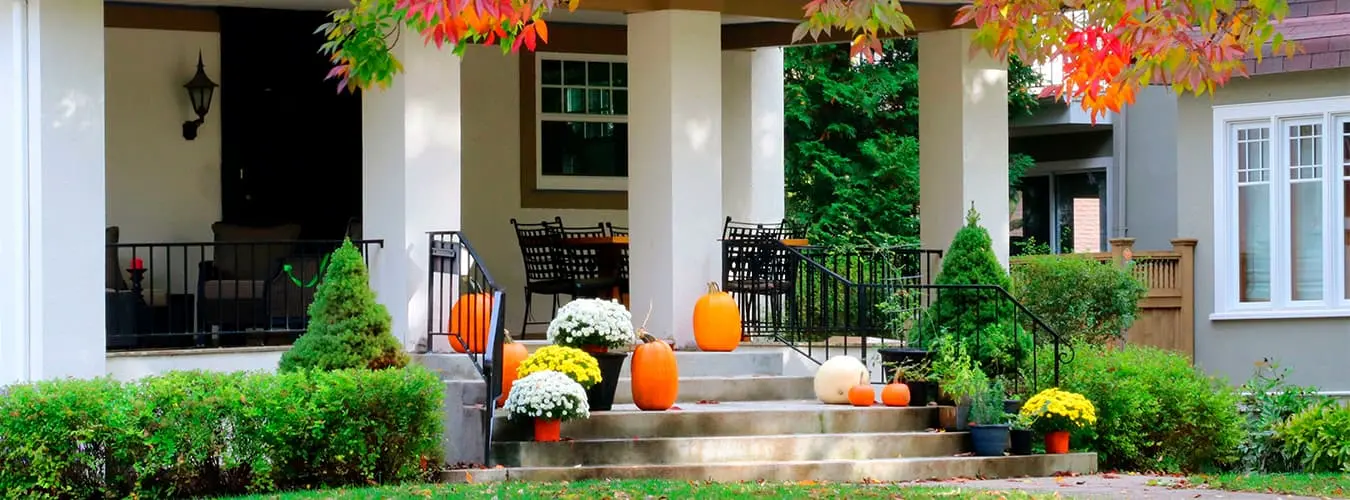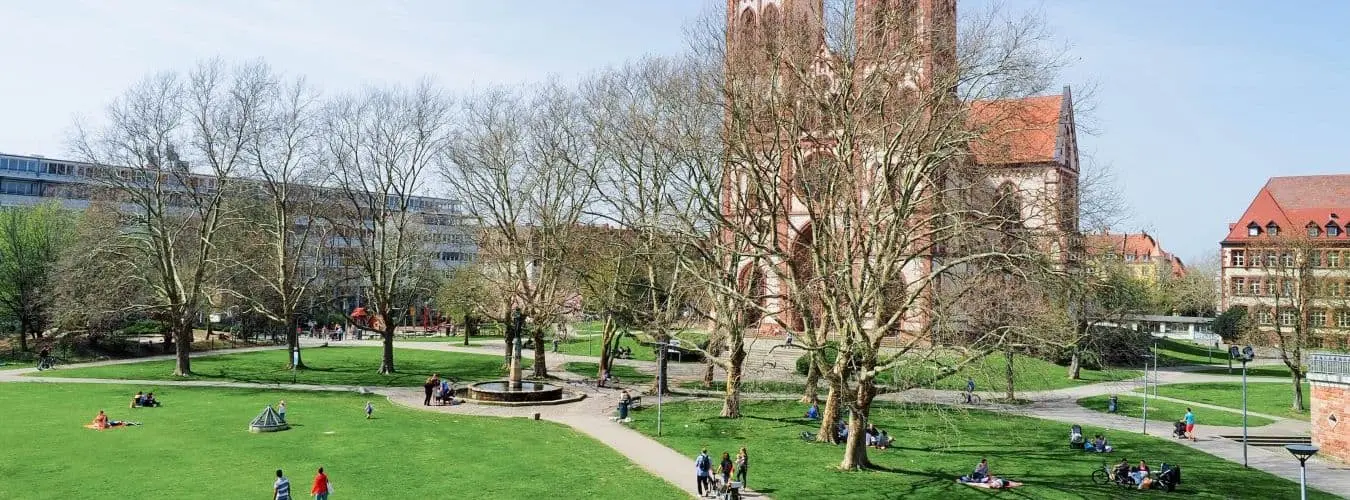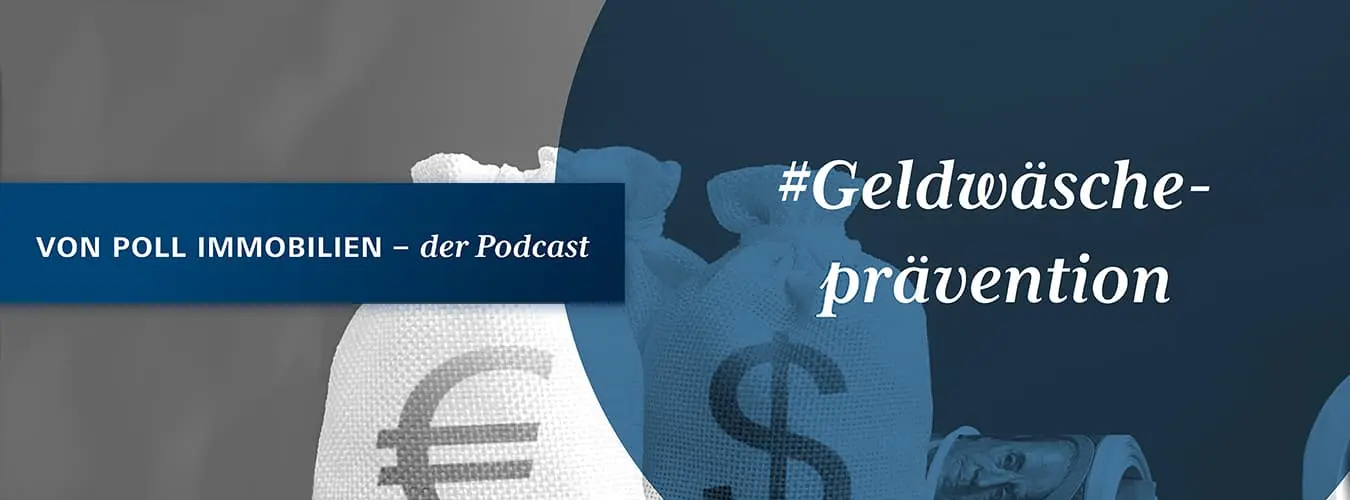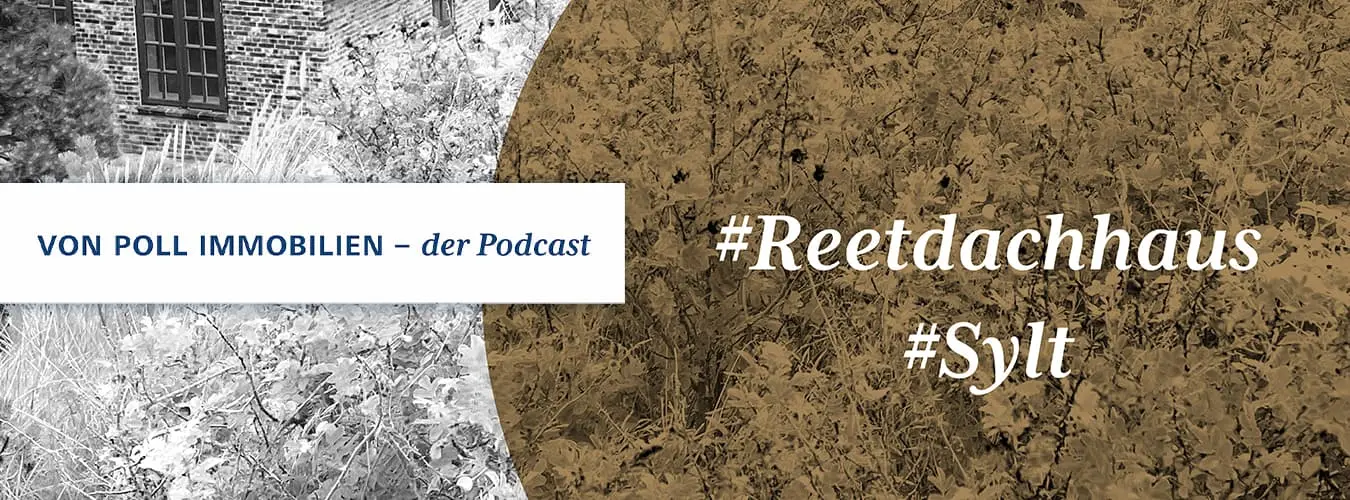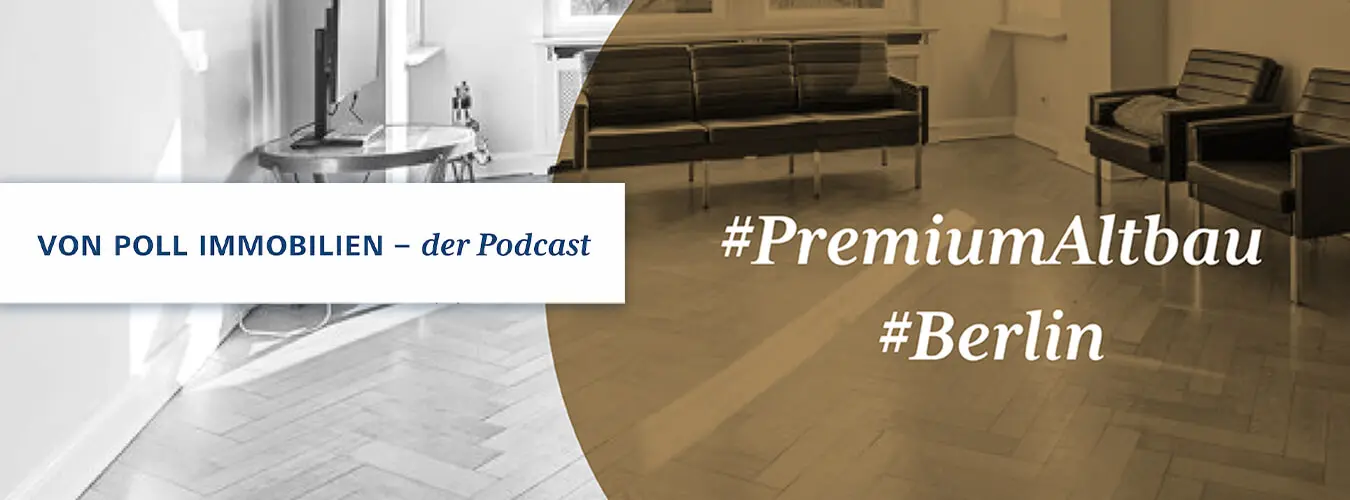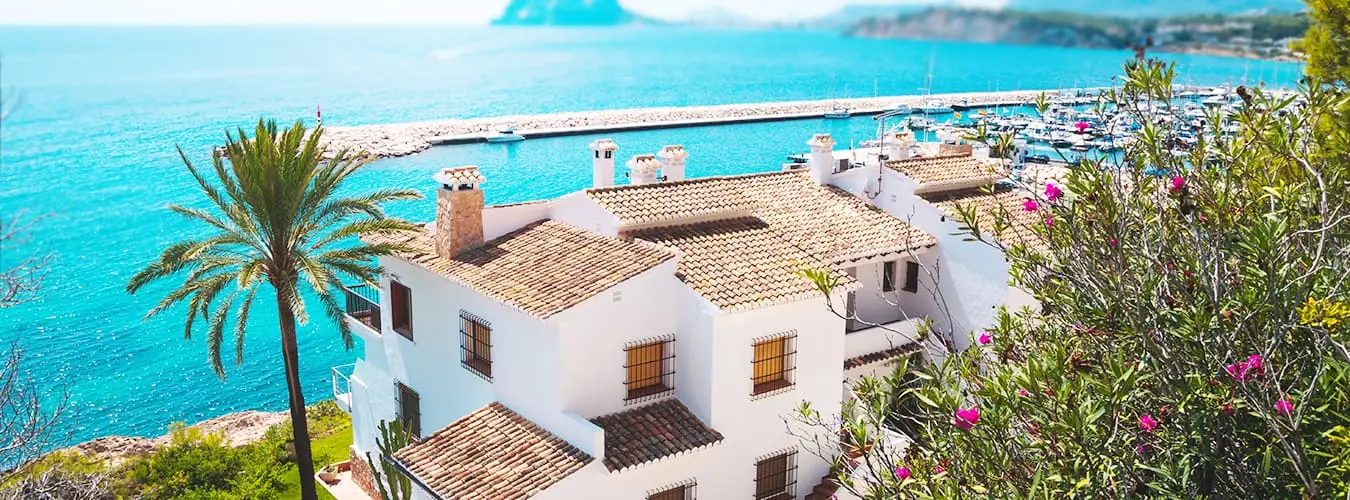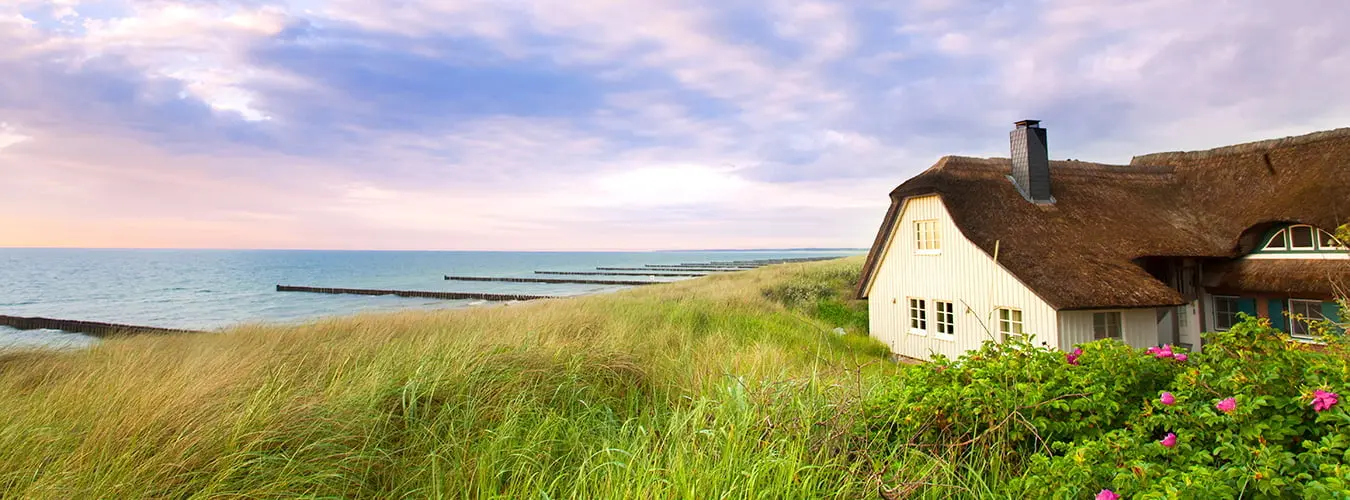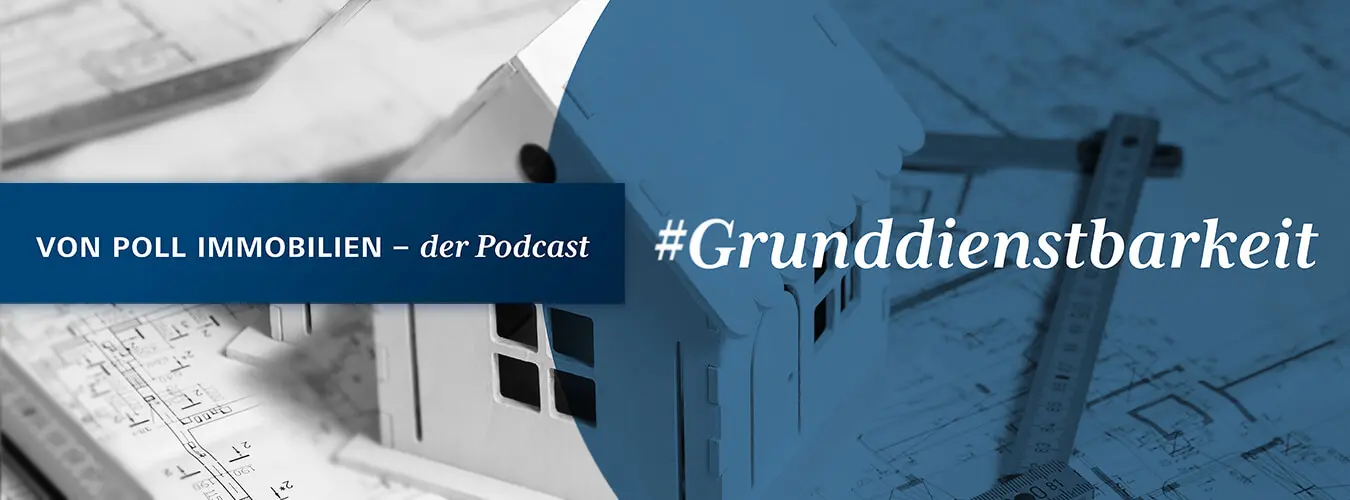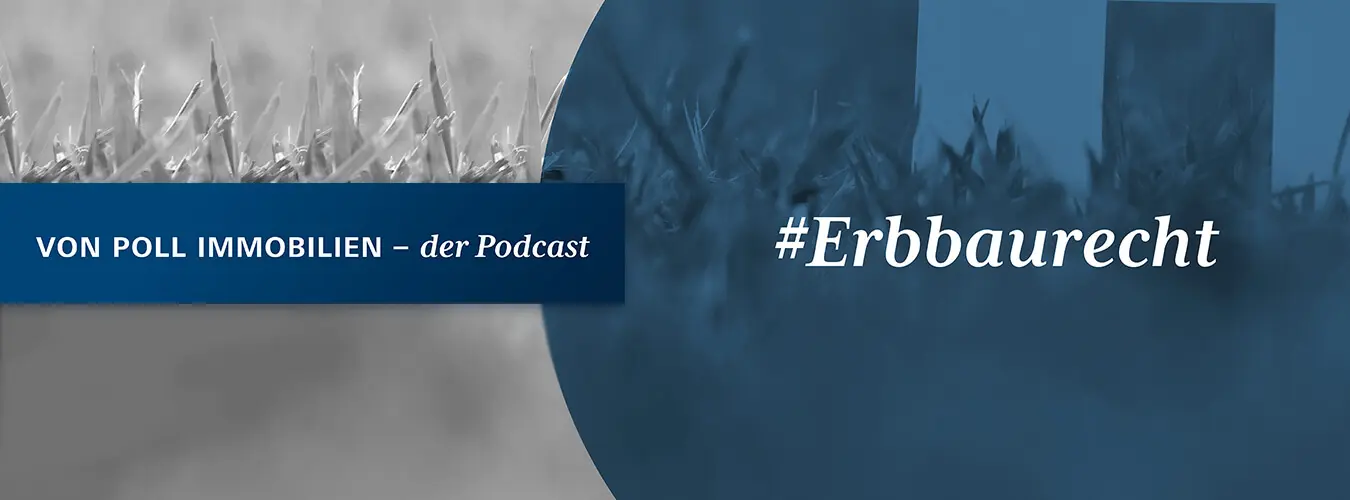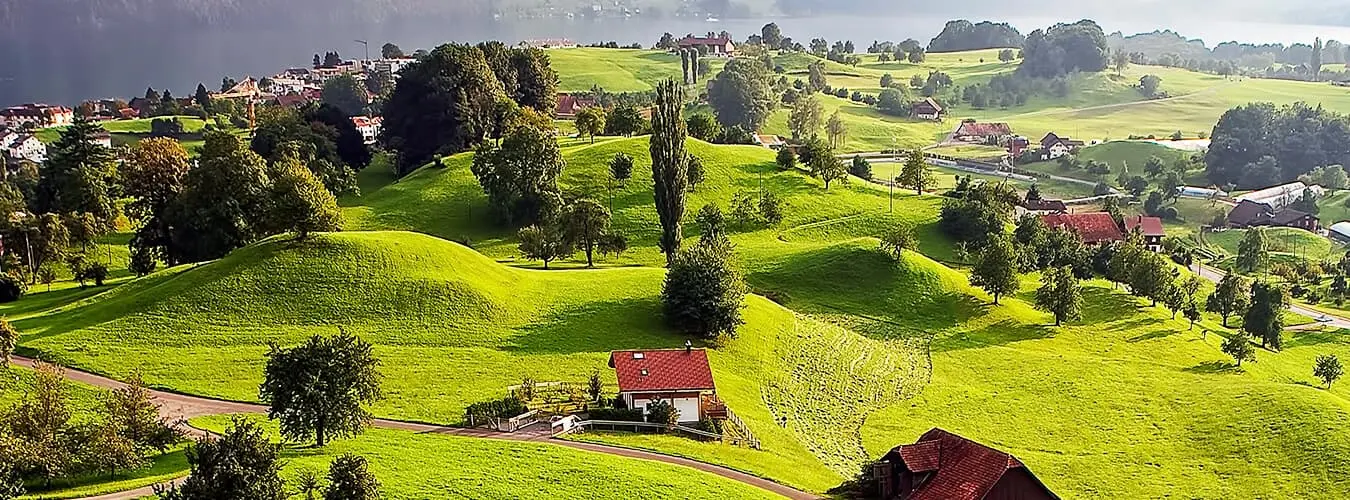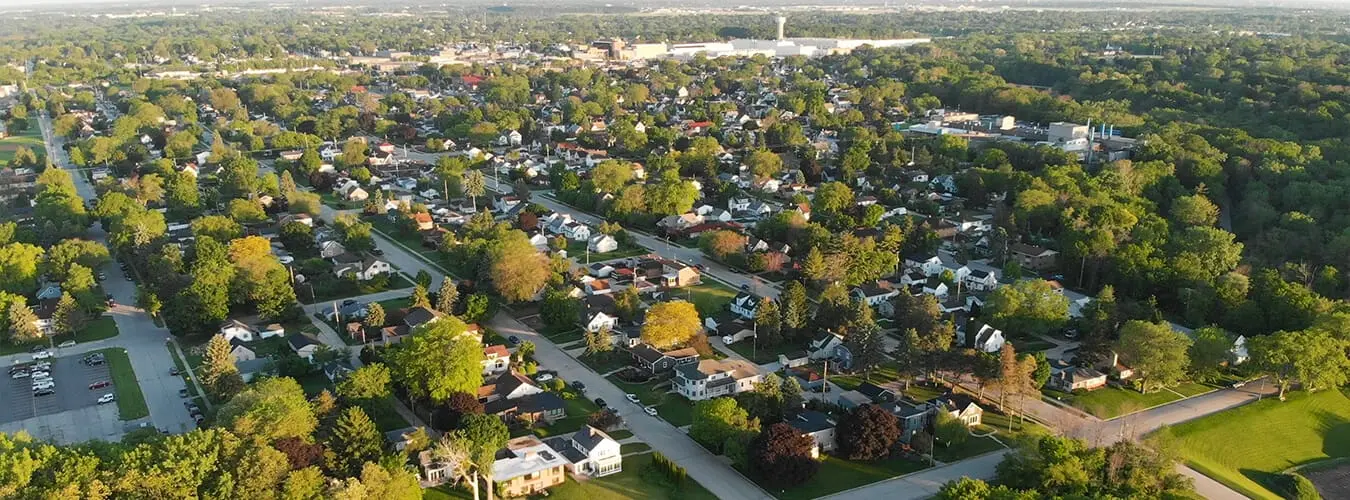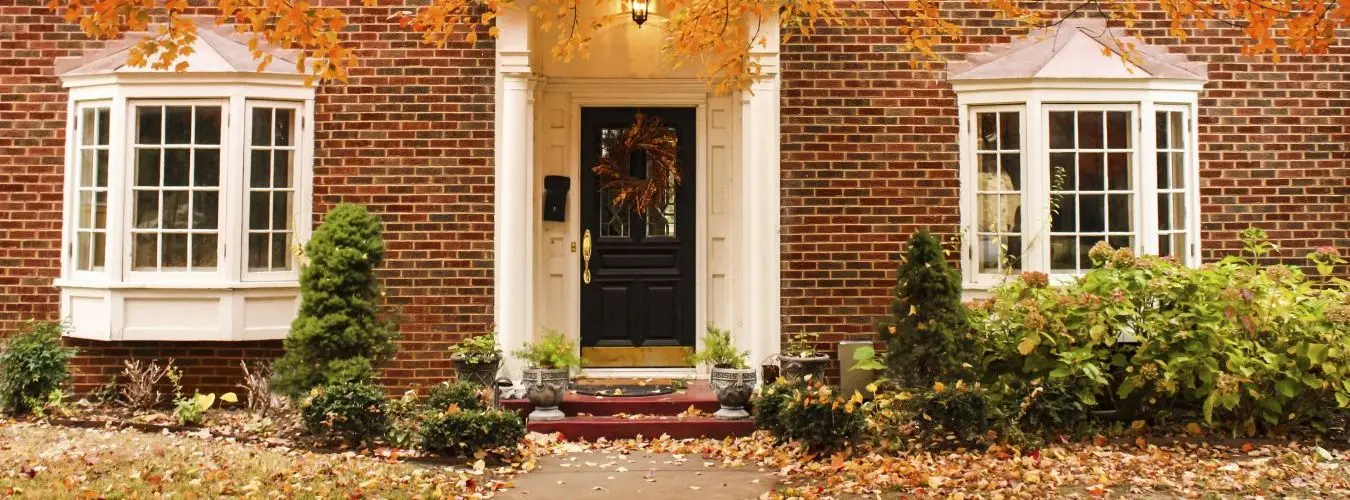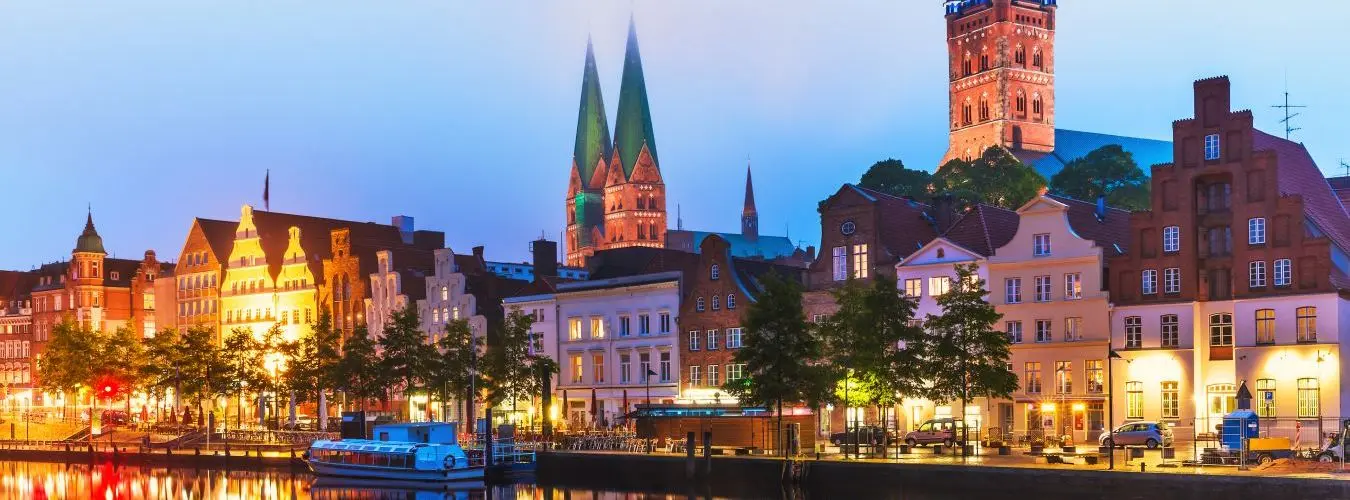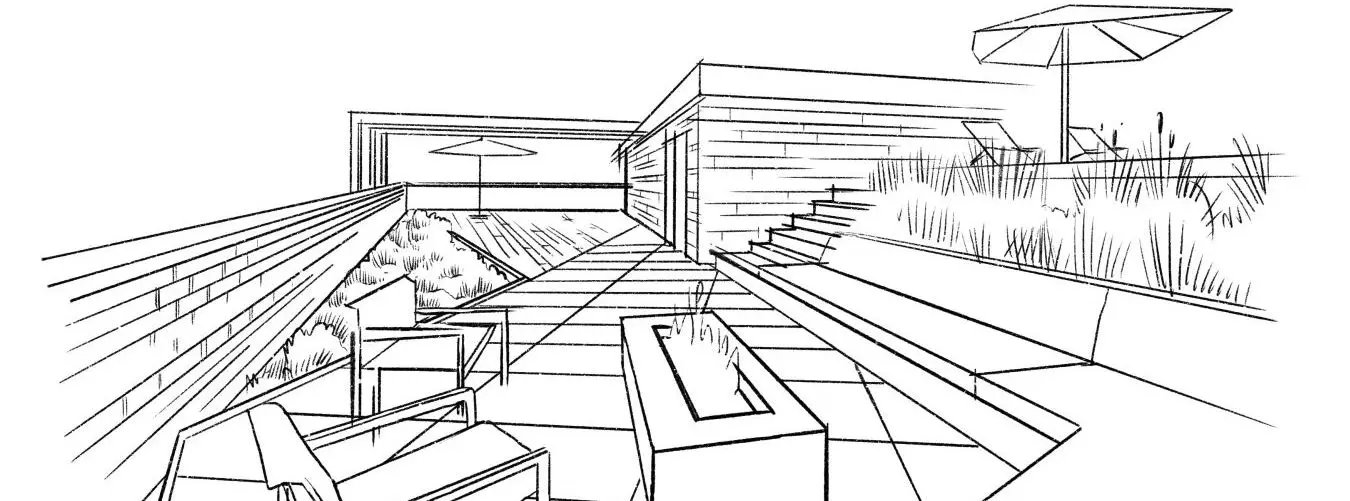Where are the most and least expensive regions in Germany
After property prices had risen steadily in recent years, the situation has changed since the start of the war in Ukraine in February 2022 and the associated energy crisis as well as the further rise in inflation. For the first time in over eleven years, prices per square meter for residential property stagnated or fell in some regions in 2022. But what exactly do property prices look like in the individual districts and cities of Germany? The VON POLL IMMOBILIEN experts have carried out the big Germany check and analyzed the average purchase and rental prices¹ of the 400 rural and urban districts in 2022 and looked at which 20 regions have the most expensive or cheapest property prices.
Daniel Ritter, Managing Partner at VON POLL IMMOBILIEN:
"We assume that the market situation and demand for real estate will stabilize in the course of 2023. Prospective buyers have already started to recalculate due to the new price and interest rate situation. This is because the desire to own their own four walls remains high. Especially if rents continue to rise due to inflation and the housing shortage. Moreover, it should not be forgotten that home ownership is still regarded as an adequate means of preventing poverty in old age and as a safe asset class. However, with a home ownership rate² of 44 percent, which surprisingly has hardly changed since 2005, Germany is still one of the worst performers in Europe."
An additional analysis by VON POLL IMMOBILIEN (see point 2 below) on the development of the home ownership rate since 2005 also shows clear differences between the individual districts and cities.
Daniel Ritter, Managing Partner at VON POLL IMMOBILIEN:
"The eastern German districts and cities in particular are visibly catching up with an increase of over 15 percent in some cases since 2005 - even if they are coming from a low level for historical reasons. In the short and medium term, especially in light of the current situation, German policymakers are called upon more than ever to expand their support measures as quickly as possible and make them more attractive in order to enable more people to buy their own house or apartment."
Back to property prices in 2022: The first thing that stands out is that the top 20 regions with the most expensive prices per square meter include 15 rural and urban districts in the state of Bavaria. The ranking is headed by 13 Bavarian districts alone. These include the three frontrunners Munich (city) with €9,973/m² (rent: €19.50/m²), the district of Starnberg with €9,262/m² (rent: €15.00/m²) and the district of Munich with €9,046/m² (rent: €16.80/m²). Followed by the district of Miesbach with €8,870/m² (rent: €13.46/m²).
Fig. 1: The 20 most expensive rural/city districts in terms of real estate prices in 2022 for detached and semi-detached houses in €/m² (Graphic: von Poll Immobilien GmbH)
Volker Stich, branch manager at VON POLL IMMOBILIEN Munich:
"The demand for real estate has also declined in Munich. Buyers of real estate are currently focusing on commercial caution. This is also leading to price exaggerations on the market. However, people are still buying and selling. In addition, there have been hardly any price falls in the top city center locations. In the so-called Munich suburbs, however, the corrections are higher."
Sascha Hadeed, branch manager at VON POLL IMMOBILIEN Gräfelfing and VON POLL COMMERCIAL Munich:
"After a significant reluctance to buy at the end of 2022, demand for real estate is also picking up again in our region, albeit still at a low level. For the current year, we expect the top locations to remain stable. The B and C locations will see further price declines, but will then level off."
Vivianne Pucer, branch manager at VON POLL IMMOBILIEN Starnberg/Fünf-Seen-Land, has a similar market assessment for her business area.
Vivianne Pucer, branch manager at VON POLL IMMOBILIEN Starnberg/Fünf-Seen-Land:
"The rural regions in and around Starnberg - in a natural location and with a view of the lake or on the lakeshore - continue to retain their value. However, the prices from the previous year can no longer be achieved here either. We are seeing price reductions of around 10 percent, especially if the houses are outdated in terms of energy efficiency. The market situation is expected to ease somewhat after the summer. However, we only see a real recovery in the course of next year, when inflation is likely to fall somewhat, the uncertainties regarding mandatory energy-related renovations have been resolved and when prospective buyers have become accustomed to the interest rate level, which is likely to remain in the ten-year range of around 3 percent to 4 percent."
The district with the lowest average property prices in Germany is the Thuringian Kyffhäuserkreis at €857 (rent: €5.60/m²). This means that the price per square meter in Kyffhäuserkreis is more than eleven times cheaper than in the city of Munich. Similarly, prices per square meter for residential property are only below €1,000 in the Saale-Orla district, Thuringia, at €996/m² (rent: €6.00/m²) and in Mansfeld-Südharz in Saxony-Anhalt at €931/m² (rent: €5.80/m²).
The analysis also shows that more than 33 years after the fall of the Berlin Wall, there is still a clear east-west divide in property prices. While the top 20 regions with the most expensive prices per square meter in 2022 include only one eastern German region, the Brandenburg state capital of Potsdam, at €5,930/m² (rent: €11.82/m²), the regions with the cheapest property prices in Germany include 16 eastern German districts and only four western German districts or cities.
Andreas Güthling, branch manager at VON POLL IMMOBILIEN Potsdam and Werder:
"The price increases for single-family homes and apartments between 300,000 euros and 1 million euros have been above average in recent years. There was a very tight supply and very high demand. Rising interest rates, the war in Ukraine and the energy crisis were the dominant issues in 2022, which led to a reluctance on the part of prospective buyers. Many are no longer able or willing to pay the high prices at the current interest rate level. In contrast, the premium segment and special properties in special locations, such as those on the waterfront, remain stable in value in and around Potsdam. Potential buyers of such properties are rarely dependent on external financing. Therefore, the current effects of interest rate changes are less relevant for this clientele."
Buyers in the districts of Ebersberg at €7,500/m² (rent: €13.95/m²), Fürstenfeldbruck at €7.499 €/m² (rent: 14.77 €/m²), Bad Tölz-Wolfratshausen with 7,299 €/m² (rent: 12.81 €/m²) and Garmisch-Partenkirchen with 7,192 €/m² (rent: 11.36 €/m²).
In the midfield of the most expensive districts and cities are Dachau with 6,570 €/m² (rent: 13.87 €/m²), Rosenheim (city) with 6.476 €/m² (rent: 11.88 €/m²), the district of Rosenheim with 6,318 €/m² (rent: 11.33 €/m²), Freising with 6,171 €/m² (rent: 12.81 €/m²), Erding with 6,032 €/m² (rent: 12.00 €/m²) and Stuttgart (city) with 6,015 €/m² (rent: 14.18 €/m²).
In addition to Potsdam with 5.930/sqm (rent: €11.82/sqm), Weilheim-Schongau at €5,853/sqm (rent: €11.00/sqm), Frankfurt am Main at €5.800 €/m² (rent: 14.63 €/m²), Landsberg am Lech with 5,701 €/m² (rent: 11.23 €/m²), Hamburg with 5,700 €/m² (rent: 12.80 €/m²) and Düsseldorf with 5,468 €/m² (rent: 11.74 €/m²). The fact that seven large cities and metropolitan areas are among the top 20 regions is hardly surprising, as property prices tend to be higher in urban centers. Five of the seven cities alone belong to the A-city category, which are known for their high price levels due to the high demand for real estate in these metropolitan areas.
A more detailed look at the bottom of the overall ranking and the 20 most affordable counties in terms of property prices reveals a more heterogeneous picture. Prospective buyers can still find affordable prices per square meter between €850 and €1,300 in a wide variety of federal states, even if Thuringia is the most represented in this group with ten districts. However, there are also districts in Saarland, Saxony-Anhalt, Brandenburg, Rhineland-Palatinate, Saxony, Hesse and Lower Saxony with average property prices.
These include the districts of St. Wendel in Saarland with €1,300/m² (rent: €6.82/m²), Altmarkkreis Salzwedel in Saxony-Anhalt with €1.281 €/m² (rent: 5.51 €/m²), Elbe-Elster in Brandenburg with 1,278 €/m² (rent: 5.60 €/m²), Kusel in Rhineland-Palatinate with 1,260 €/m² (rent: 6.47 €/m²), Hildburghausen in Thuringia with 1,234 €/m² (rent: 6.52 €/m²) and Vogtlandkreis in Saxony with 1.229 €/m² (rent: 5.00 €/m²).
René Swat, branch manager at VON POLL IMMOBILIEN Senftenberg:
"The district of Elbe-Elster is centrally located between Dresden, Leipzig and Berlin. However, the lack of highway connections within the district puts this locational advantage into perspective. The south of Brandenburg shows how important a good infrastructure is for the attractiveness of a region. Small, inconspicuous places such as Ortrand, but also towns such as Ruhland and Großräschen, are enjoying great popularity. They benefit from the sharp rise in real estate prices in Dresden and a direct highway connection. The district of Elbe-Elster is still considered an insider tip. However, the regions around Finsterwalde in particular, with local recreational areas such as the Rückersdorfer See and Bad Erna as well as the newly emerging Bergheider See with the F60 mining monument, are attracting more and more prospective buyers from Berlin and Leipzig. At present, this is still mainly for vacation properties or second homes, but interest is growing."

Fig. 2: The 20 most affordable rural/city districts in terms of property prices in 2022 for detached and semi-detached houses (Graphic: von Poll Immobilien GmbH)
Between an average of €1,000/m² and €1.200/m² for a house or condominium in the districts of Sonneberg at €1,199/m² (rent: €6.13/m²), Unstrut-Hainich-Kreis at €1,182/m² (rent: €6.00/m²), Werra-Meißner-Kreis at €1.174 €/m² (rent: 5.80 €/m²), Holzminden with 1,147 €/m² (rent: 5.50 €/m²), Salzlandkreis with 1,136 €/m² (rent: 5.60 €/m²), Greiz with 1,135 €/m² (rent: 5.23 €/m²), Eichsfeld with 1.125 €/m² (rent: 6.25 €/m²), Görlitz with 1,100 €/m² (rent: 5.22 €/m²), Nordhausen with 1,058 €/m² (rent: 5.76 €/m²), Saalfeld-Rudolstadt with 1,036 €/m² (rent: 6.28 €/m²) and Schmalkalden-Meiningen with 1.030 €/m² (rent: 6.43 €/m²).
PDF for download
Tabular overview and ranking of property prices in 2022 for all rural and urban districts in Germany, sorted by federal state.
Download
East German regions are catching up in terms of home ownership
The home ownership rate² in Germany is around 44 percent. This means that only every second German citizen currently lives in their own four walls - the majority are tenants. This puts Germany in penultimate place in a European comparison. Yet home ownership is seen as an adequate means of preventing poverty in old age.
However, people's desire for home ownership is unbroken. Nevertheless, the average home ownership rate² in Germany has hardly risen at all since 2005, from 43.6% to 44% in 2021. However, there are also clear differences between the regions, with the eastern German districts and cities in particular catching up. The VON POLL IMMOBILIEN experts have taken a closer look at the development of the home ownership rate in all German districts and cities from 2005 to 2021 and show in which regions the home ownership rate has risen the most and where it has fallen the most.
It is striking that the ranking of the 20 regions with the largest increase in home ownership is made up exclusively of eastern German cities and districts. For historical reasons, they generally come from a lower level and have visibly caught up with western Germany since 2005. This even extends far beyond the first 20 places in the ranking. The first western German city, Gelsenkirchen in North Rhine-Westphalia, only follows in 52nd place, with an increase in the home ownership rate of 2.6 percent since 2005.
The home ownership rate in Frankfurt (Oder) has seen the strongest growth between 2005 and 2021 at 25.6 percent, followed by Schwerin with an increase of 20 percent and Cottbus with 15.5 percent. Magdeburg with 14.1 percent, Suhl with 13.1 percent, Brandenburg an der Havel with 12.1 percent, Chemnitz with 11.7 percent and the Oder-Spree district with 10.2 percent achieved between 10 percent and 15 percent more home ownership.
Fig. 3: Overview of the home ownership rate in Germany and the trend from 2005 to 2021 (Graphic: von Poll Immobilien GmbH)
In the middle of the 20 top performers in terms of home ownership rate are the district of Spree-Neiße with 9.1 percent growth since 2005, Halle (Saale) with 8.6 percent, Gera and the district of Oderspreewald-Lausitz with 8.5 percent each and the districts of Leipzig with 8.1 percent, Havelland with 7.7 percent and Rostock with 7 percent.
The home ownership rate grew by between 6 and 7 percent in the districts of Jerichower Land, Potsdam, Erfurt, Uckermark and Northwest Mecklenburg.
Despite the strong growth in home ownership in some cases, most of the top 20 districts and cities are still below the average home ownership rate in Germany of 44 percent. Only five of these districts have more people living in property than the German average. These include the districts of Oder-Spree with an ownership rate of 46.4% in 2021, Spree-Neiße with 48%, Leipzig with 45.9%, Havelland with 50.4% and Rostock with 49.6%.
While the ranking is led by eastern German regions in terms of the positive development of the ownership rate since 2005, only western German districts and cities are at the bottom of the ranking in terms of the downward trend. The property ownership rate fell most sharply in Ingolstadt (-3%), Oldenburg (Oldb) and the districts of Grafschaft Bentheim and Cloppenburg (-3.1% each), Landau in der Pfalz (-3.4%) and Pfaffenhofen an der Ilm (-3.5%). Bringing up the rear is the district of Vechta, where the home ownership rate fell the most in Germany in 2021 compared to 2005. Between -2% and -3% fewer people owned their own home in the districts of Gütersloh, Stade, Kelheim, North Friesland, Merzig-Wadern, Friesland, Kleve, Borken, Steinfurt, Ammerland, the city of Trier and the district of Emsland. In the Bavarian district of Neumarkt in der Oberpfalz, the home ownership rate fell by -1.9 percent.
However, it should also be noted that these 20 districts and cities at the bottom of the ranking - despite the downward trend in home ownership - already have a majority higher home ownership rate than the German average of 44 percent. Only three of the 20 regions are below this. These include the cities of Trier with an ownership rate of 29.9 percent in 2021, Ingolstadt with 38.3 percent and Oldenburg (Oldb) with 37.7 percent.
¹ The data basis for the purchase price analysis for detached and semi-detached houses and the rental prices for houses and apartments is based on the average asking prices in 2022 from empirica-regio (VALUE market data) and VON POLL IMMOBILIEN Research (2023).
² The analysis of the ownership rate is based on the evaluations of empirica-regio (VALUE market data) for the period 2005 to 2021 and VON POLL IMMOBILIEN Research (2023).
